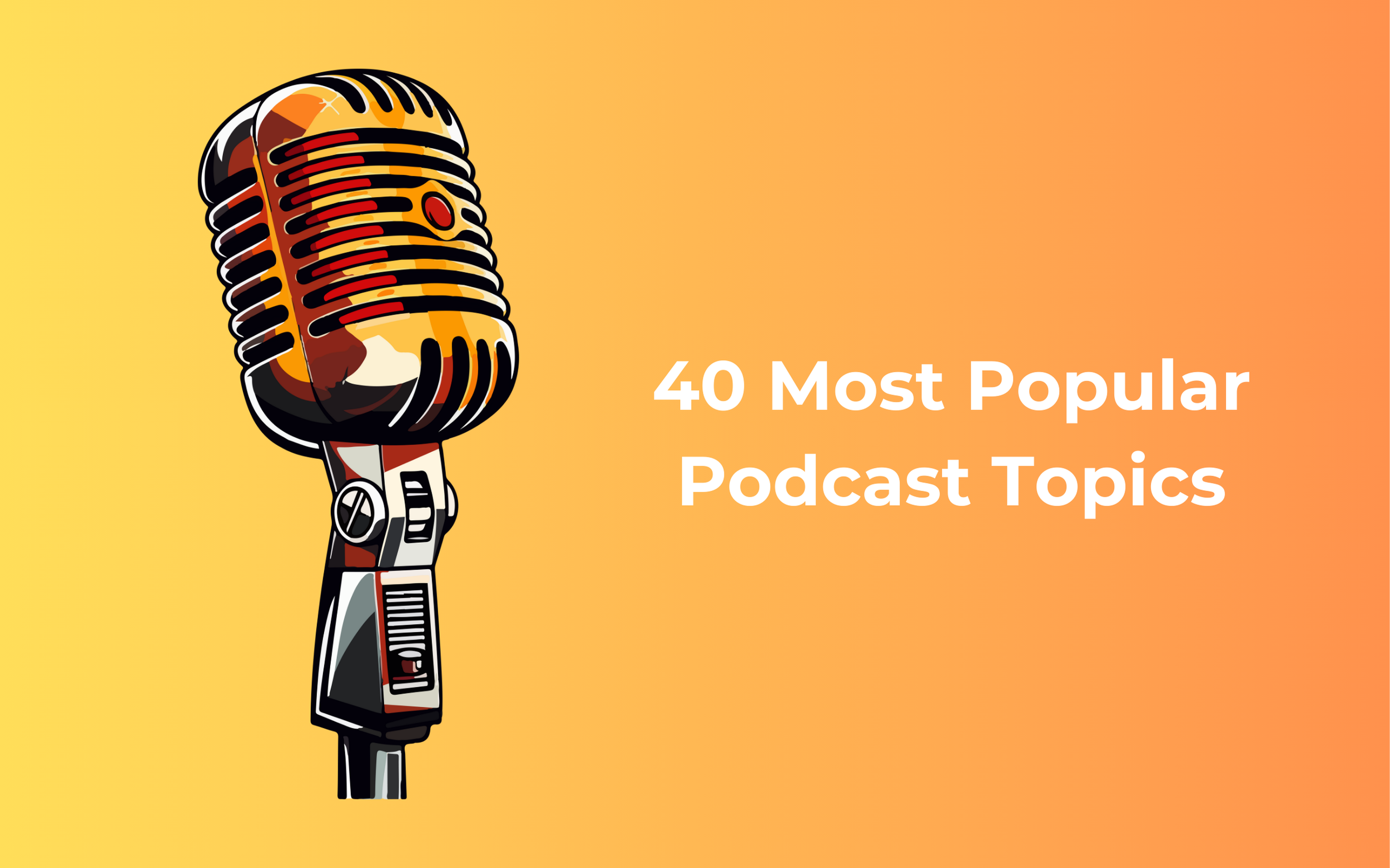8 Best Podcast Editing Softwares for Every Level
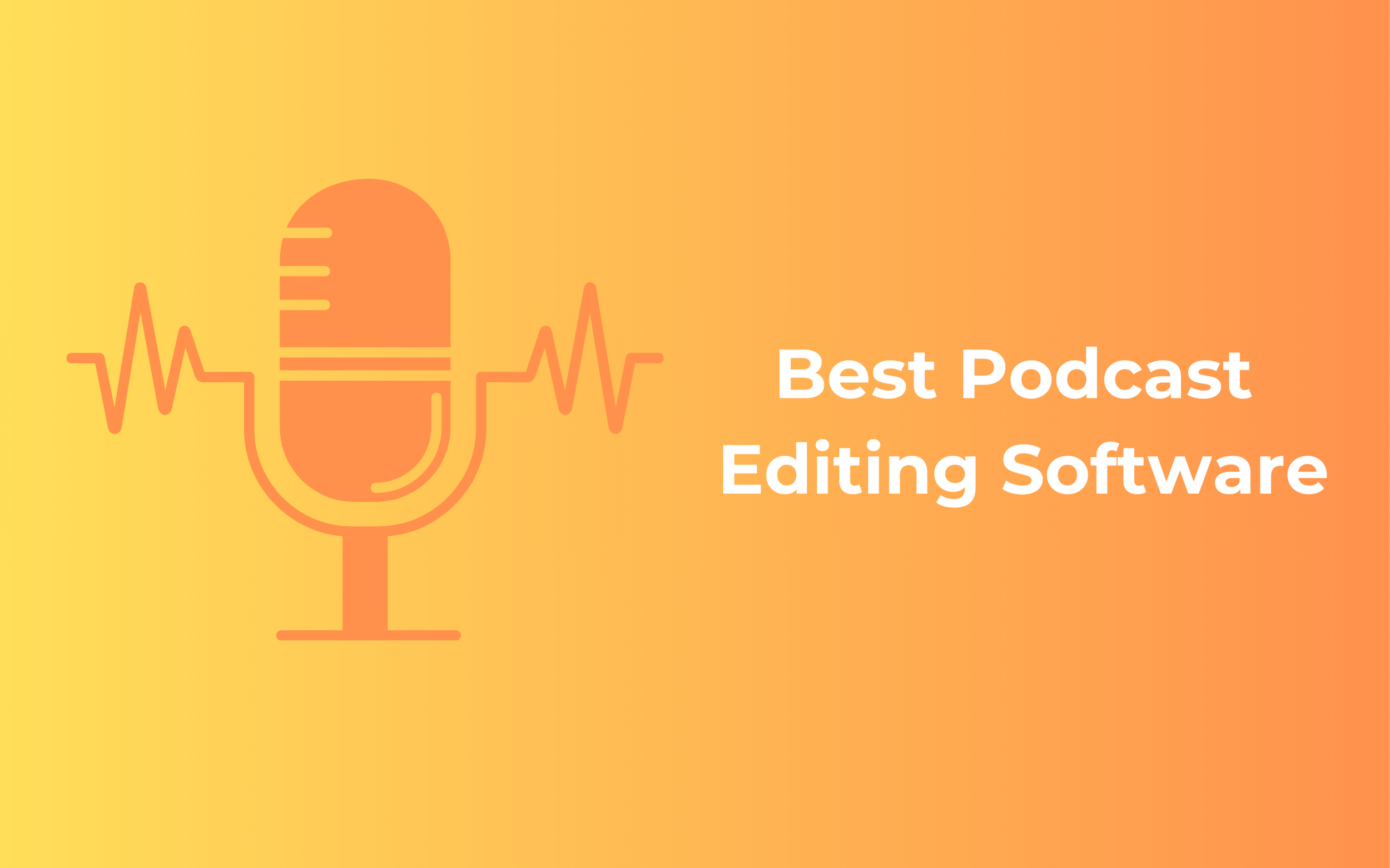
Are you an aspiring broadcaster and dreaming of launching your podcast but worried about the editing side of things? Well, worry not! We're here to discuss the world of podcast editing software.
In this article, we will break down the top options for beginners, hobbyists, professionals, Mac users, and mobile podcasters, along with some sure-shot tips to edit your podcasts like a pro. So, get ready to transform your raw recordings into polished, smooth episodes that will have your listeners hitting the subscribe button in droves.
The Best Free Podcast Editing Software for Beginners
1. Audacity
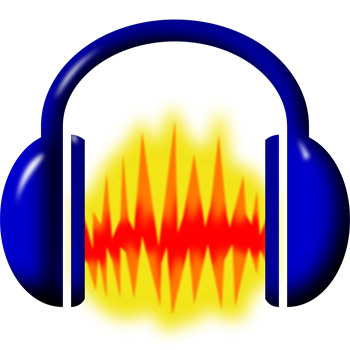
Audacity is a podcast editing and recording software. In the newer version, similar functions are grouped together in a neater, more efficient interface.
Previously scattered across the workplace's left side, the audio configuration controls are now consolidated into a convenient drop-down menu labeled "audio setup" on the main bar.
You may clean up audio using the noise removal and repair program by choosing a segment of the audio that only has the noise you want eliminated to obtain the "noise profile." Then, you can select "noise reduction" again and again. As long as you can locate a segment that contains only that noise, this free software for podcast recording will gradually eliminate the noise.
Pros
- Non-destructive Editing Features
- VST3 improves plug-in capability, which adds flexibility
- Simple to share sounds
Cons
- Privacy and Copyright concerns
- Might Overwhelm Beginners to Audio Editing
Bonus: The Best Webcam for Podcast - OBSBOT Meet 2
Check out the OBSBOT Meet 2 webcam if you want to see what a webcam of the future looks like. It supports resolutions up to 4K@30fps / 1080P@60fps.
- Ultra 4K Resolution for Crystal Clear Images
- AI Auto Framing
- Precise and Fast Auto Focus
- Built-in dual omnidirectional microphones
- Lightweight and Compact
2. GarageBand
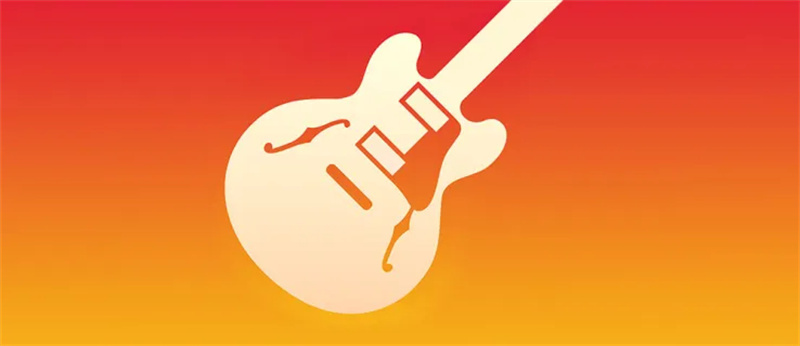
This software was created by Apple and is regarded as one of the most feature-rich DAWs in the business. The ease of use of GarageBand is among its best features. Because of its extremely user-friendly design, you won't need to learn it as much as you would other DAWs. Numerous helpful features on the interface ease the process of composing music.
It is also worth noting that the UI bears a striking resemblance to Apple's Logic Pro X. However, GarageBand's UI is far more simplified and straightforward.
Pros
- Free With Every Mac
- Pro-level Features
- Easier Learning Curve
- Built-in Effects, Amps, and Instruments
- Supports Variety of Genres
Cons
- Not Compatible With Non-Apple Devices
The Best Podcast Editing Software for Hobbyists
1. Adobe Audition
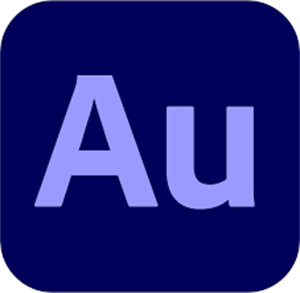
Adobe Audition is an extremely reliable well knitted-out editor. It's a problem-solving maestro that you can mold into your seamless production tool, ready to go from recording to loudness-compliant transmission. Beginners may find it intimidating. However, this software shines in refining and balancing audio from dynamic contexts, producing final outputs that are safe for broadcast.
Pros
- Advanced Sound Effects
- Multi-track Editing
- Noise Reduction Algorithms
Cons
- Daunting UI
2. Reaper

Reaper is an intuitive and all-in-one desktop program for digital audio production. It allows you to record, edit, process, mix, and master MIDI and multitrack audio. It's a flexible tool that can be used by both beginners and professionals. Moreover, it is available for Linux, Mac, and Windows.
This podcast software for Mac is a good choice if you want something that functions similarly to Pro Tools and Audition but is less expensive. This comprehensive audio production suite lets you edit, record, mix, and master audio.
The only drawback is that the UI might be challenging to use. It takes time to get used to. Nonetheless, thousands of plug-ins make it extremely adaptable, and there's a ton of assistance available from the creators and online community.
Pros
- Customizable Interface
- Broad Plugin Support
- Complex Routing Capabilities
Cons
- Overwhelming Interface and Small Fonts
The Best Podcast Editing Software for Professionals
1. Pro Tools

Beginners who wish to pick up the fundamentals of music creation rapidly might use Avid Pro Tools. With its free version, you can easily produce a professional music production and have access to a vast array of audio editing tools.
Pros
- Efficient Workflow and Interface
Versatility and Variety - Professional Quality Plugins
Cons
- Expensive Subscription
- Some Features are Hardware-Heavy
2. Hindenberg Journalist

For professionals who require high-quality production value, such as journalists, podcasters, radio hosts, and others, Hindenburg Journalist is a great option. Unlike many other apps and tools that are primarily built for music creation and mixing and are just incidentally beneficial for podcasting, this software is designed for spoken-word content. This software is an amazing choice for podcasters due its lean, straightforward, and efficient workflow.
Pros
- Free Trial
- Cross-platform
Cons
- Lack of Features
The Best Podcast Editing Software for Mac Users
1. Logic Pro X
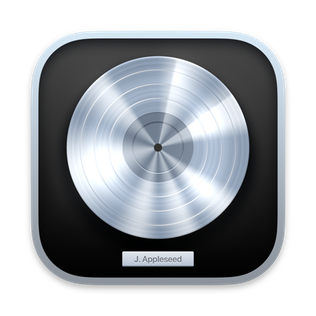
The latest version of this program to record podcasts boasts an incredibly intuitive and user-friendly interface that is even more customizable. With features like light and dark mode, customizable track headers, and the addition of nested stacks, you can optimize its amazing library and features without sacrificing ease of use. Even better, you don't have to use every single one of these amazing capabilities; you may work and play with a simplified version of this tool until you're ready to turn it all on.
Pros
- Professional and Easy-to-Use
- Smart Tempo Feature
- Advanced Mixing Equipment
Cons
- No Free Trial
The Best Podcast Tools for Mobile Podcasters
1. Ferrite Recording Studio
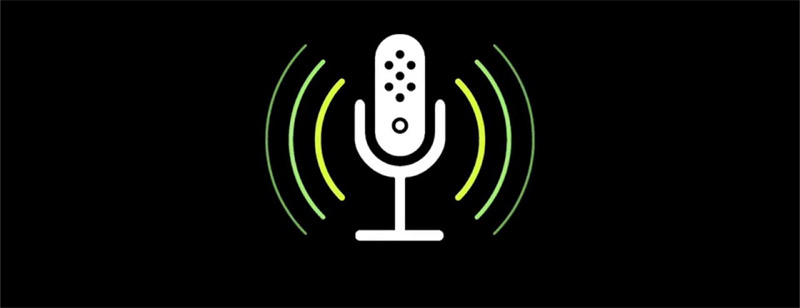
At first glance, Ferrite Recording Studio appears to be a voice memos app with extra features, but beneath lies a robust multi-track editor. The most amazing part is how this all works together. The pro edition provides more useful features for enhancing recordings, like effects, auto-leveling, MP3 chapters, and dead air removal. Although Ferrite is strong, it is also quite practical. For that reason, if you're interested in multi-track voice recordings projects, it comes highly recommended.
Pros
- User-Friendly Interface
- Advanced Editing & Mixing Capabilities
- Handy for Long-Form Audio
Cons
- Steep Learning Curve
- Some Premium Features are Inaccessible Without a Paywall
Tips for Editing Podcast
Mastering Audio Levels and EQ
Make sure the loudness of your guests, host, and any intro/outro parts are all the same. To compare and seamlessly modify levels, use the meters in your editing software.
Moreover, to enhance the sound quality, apply equalization (EQ). Reducing low-end rumble and raising high frequencies are common changes that increase clarity, particularly for voices.
Removing Background Noise and Distortions
Getting rid of unwanted visitors in your audio is the first step towards creating a clean-sounding podcast. Pay special attention to any constant background noise, such as outside traffic, the hiss of air conditions, or humming electricity.
Once you've identified the offender, you may use the noise reduction features that most editing programs provide to address it. Remember, this is where delicacy counts. To eliminate the annoying sound from your podcast without degrading its overall quality, lightly apply noise reduction.
Creating Smooth Transitions and Segments
Smooth transitions as well as distinct segments are essential to producing a polished podcast. Crossfades ensure that clips blend together seamlessly, while fades add or remove components like music without creating abrupt leaps. To improve recognition, make sure your intros and outros are consistent.
Your editing software's markers and labels serve as a navigational aid, making things easier to find, especially for longer episodes. Lastly, carefully choosing background music or sound effects can improve transitions and establish the right atmosphere. Just be careful not to overpower listeners with them.
Conclusion
So, there you have it. We've examined the best podcast recording and editing software at every price point, ranging from feature-rich powerhouses to cost-effective and easy-to-use choices. Remember, the right software is the one that works with your budget and workflow. Try several things and see what kind of tool best suits your creative needs.
Now, it's time to unleash your inner podcast editor and prepare to share your audio magic with the world by hitting records and letting loose with your voice.

